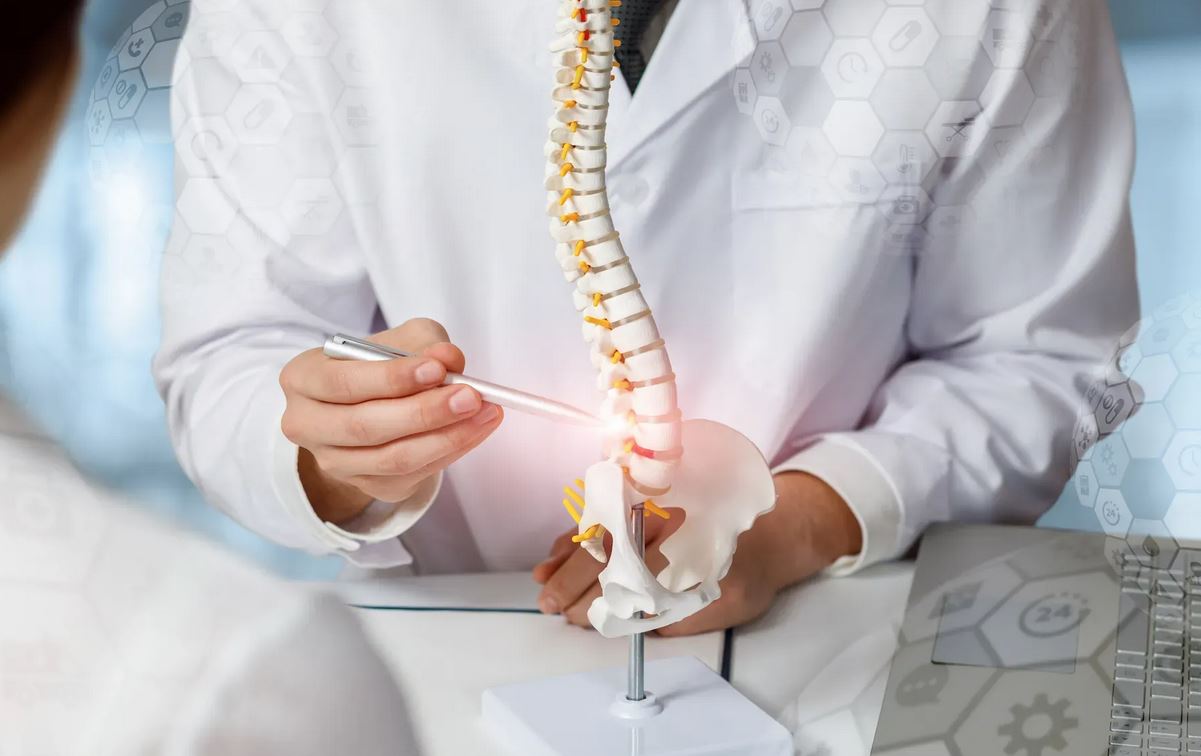
Sports Injuries
Sports injuries, resulting from athletic activities, affect muscles, bones, ligaments, tendons, and joints.
Symptoms
- Pain, swelling, and bruising
- Limited range of motion
- Instability or weakness in the affected area
Investigation and Diagnosis
- Physical examination by sports medicine professionals
- Imaging studies like X-rays, CT scans, or MRIs
- Functional tests for athletic injuries
Treatment & Procedures/Surgery
- I.C.E. protocol initially (Rest, Ice, Compression, Elevation)
- Physical therapy and rehabilitation
- Arthroscopic surgery for some injuries
How can athletes prevent common sports injuries?
Proper warm-up, conditioning, and protective gear usage reduce the risk.
What’s the typical recovery time for sports-related surgeries?
Recovery varies based on injury type, severity, and surgical intervention.
Can sports injuries lead to chronic pain?
Untreated injuries may lead to chronic pain and long-term issues.
Are there specific exercises to prevent sports injuries?
Strengthening core muscles and proper technique reduce injury risk.
Can sports injuries be completely prevented?
Complete prevention is challenging but proactive measures help.
Are there age-related differences in sports injury recovery?
Younger individuals often recover faster, but recovery depends on injury severity.
Can overtraining lead to sports injuries?
Yes, overtraining without adequate rest increases injury risk.
Is surgery always necessary for sports injuries?
No, conservative measures suffice for many injuries; surgery is for severe cases.




